How to create a thriving vegetable patch this spring – and what to grow right now
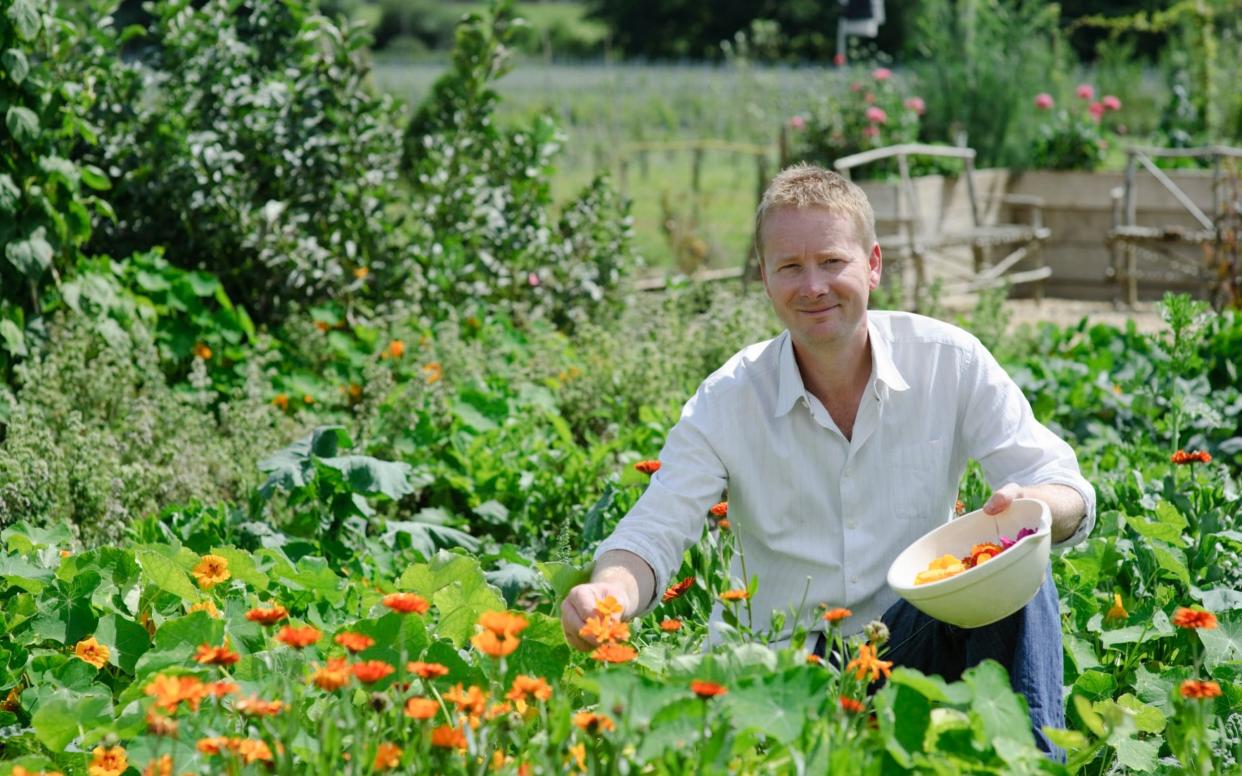
I just mowed the lawn. It felt like the sanest thing I could do. Ordinarily, it sits alongside treading on a plug for pleasure, but today I loved it. It was beautifully, delightfully normal.
I should have been writing this article, but that felt wildly out of kilter with the enormity of living with a pandemic. Life will be unusual until restrictions are eased completely in summer.
But mowing convinced me I should write. It may seem faintly ridiculous to look ahead while so much is uncertain, to indulge in simple pleasures even, but this is precisely when the small sanities can make most difference. As Kurt Vonnegut said, “Enjoy the little things in life because one day you’ll look back and realise they were the big things”.
Being outside – breathing spring air and having no roof over your head – can bring relative calm when the walls are closing in. Even if it is just a few pots, you have a haven on your doorstep. One stride and you become part of the cycle that endures, and, boy, do I worship that cycle more than ever. That sodding grass – already growing back – gave me hope this afternoon. Life will be blissfully ordinary once again.
In the meantime, our gardens can be even more to us than usual. One huge positive is that we face this challenge in spring rather than winter; days are long, the trees and hedges full of chatter.
It is the perfect time to be sowing, planting and nurturing, to be creating a place of productivity and pleasure. While mowing, it occurred to me that sharing a few thoughts about making the most of your kitchen garden is one small way in which I might be useful right now.
This article was originally published in 2020
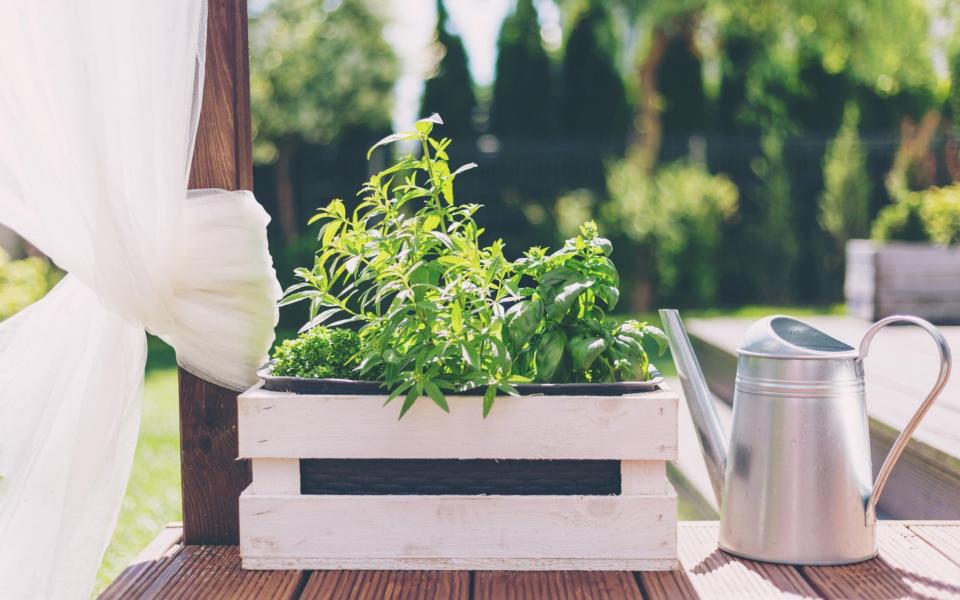
Top gardening tips
1. Grow herbs for flavour
The secret to interesting meals is to use big flavours. While we stock up on staples, it is easy to overlook the flourishes that make food a pleasure. As delightful as pasta and pesto is on the shore of Lake Como in June, its novelty wears off after nine days in a row at your kitchen table.
Perennial herbs are a must – thyme, rosemary, tarragon and mint can each take pasta (and many other dishes) in very different directions.
Keep them fed and watered, and pot them on once every couple of months or so to maximise productivity. And don’t forget to sow basil, parsley and coriander now for crops a couple of months down the line.
Read more: Where to buy seeds now
2. Repeat harvests
Maximise your return and minimise your reliance on the shops. Dedicate time, money and space to plants that offer repeat harvests. Climbing beans, courgettes, peas and broad beans are among those that can be picked for weeks and months. If it’s brassicas you want, avoid the one-lunch cauliflower and consider sprouting broccoli and kale instead; both are highly nutritious and quick to produce new leaves, flowers and shoots to replace those cut.
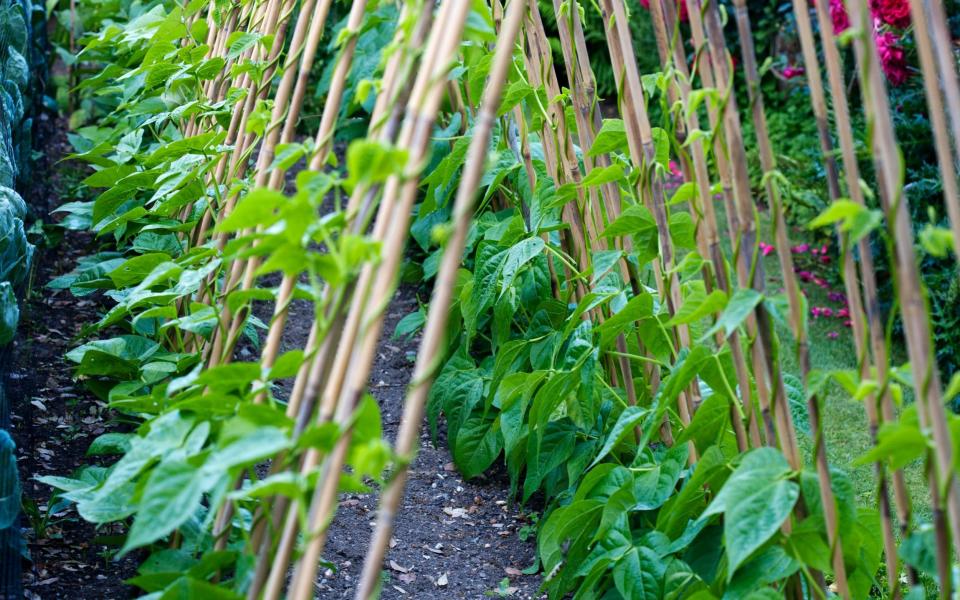
3. Seek quick results
Sow potatoes now; the earliest – known as First Earlies – will be ready to lift in eight to ten weeks. If you've missed the slot for First Earlies, try some Second Earlies or Maincrop varieties. Radishes and pea shoots are only weeks from sowing to picking.
Microleaves are ready within a matter of days: when densely sown, certain big-flavoured plants such as radish, coriander, fennel and rocket can be harvested when just 5cm or so tall. They make punchy garnishes for salads, fish and other dishes. Visit wildgreens.co.uk for seed and grow kits.
4. Cut & come again
This type of harvesting – where you pick or slice leaves an inch or so above the ground, leaving a stalk – creates an engine room that will produce more leaves. You should get at least four picks from your plants.
It’s a beautifully productive method that means fewer gaps caused by harvesting whole plants and waiting for the replacements to grow – and you get more to eat from your time and your money. Also, we get vitamin and mineral-rich vegetables in the small repeated, mixed doses that our body requires.
Try the cut and come again approach with salad leaves, chard, spinach, kale and other leafy greens too; all of which are nutritionally rich.
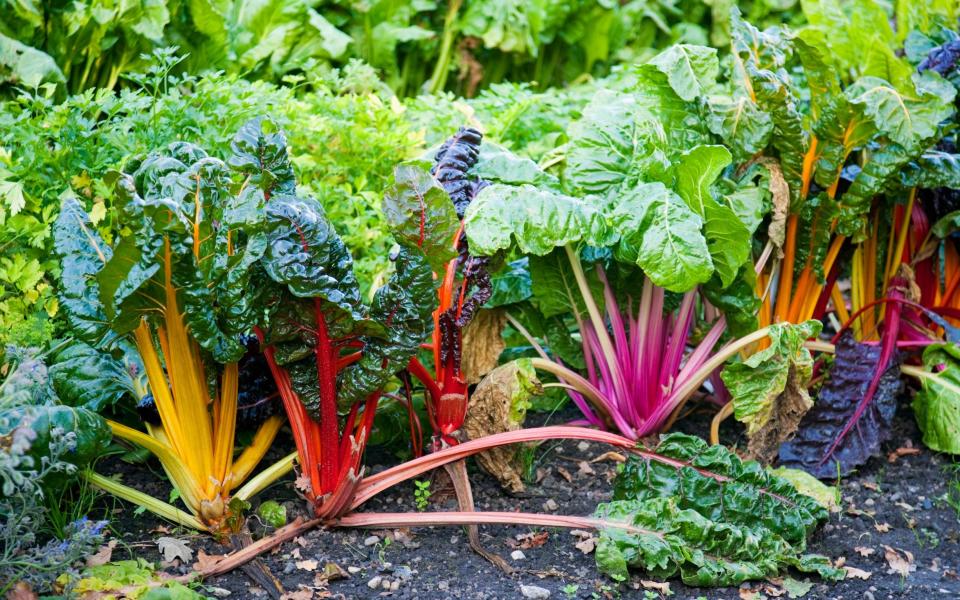
5. Fill up on fruit
Most fruit is nutrient-dense, high in vitamins, fibre and antioxidants. Autumn-fruiting raspberries, blueberries, and strawberries are excellent choices to plant now: each produces fruit on the current year’s growth, so you’ll enjoy their benefits from June.
Visit pomonafruits.co.uk for British-grown fruit of all types.
6. Use shortcuts
Much of what you can do now involves sowing seeds and planting tubers, but there are shortcuts.
Buying seedlings is a godsend. I use them to catch up, get ahead, plug gaps caused by pests and because sometimes it’s just a relief to have a specialist take the plant through the trickiest stage of its life, leaving me more time to walk the dog on the beach.
You’ll find chillies, aubergines, lettuces, peas and beans, tomatoes, greens and much more online (for suppliers, see below).
Start with plants: this is usually preferable for perennial herbs and fruit. If at all possible, source plants from specialists who grow for a living. Their expertise will be imbued in every plant and your money supports the continuation of that expertise. (Simple rule: don’t buy plants where you buy lightbulbs).
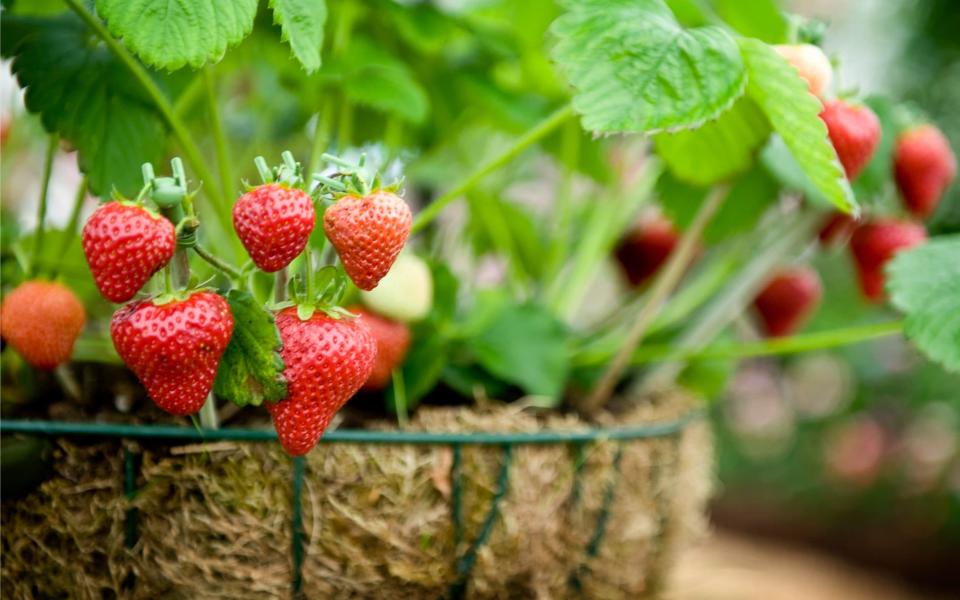
7. Good timing
Growing food is largely about timing. This period of isolation may be an opportunity to hone certain skills.
Ensure plants have the water they need, and weed little and often.
Don’t rush to plant out seedlings too soon: losing them to a frost is not worth the gamble. Feeding plants will encourage them to thrive: I make an all-round feed by allowing nettles and comfrey leaves to turn into a slurry in a bucket of water then diluting it until it’s the colour of weak tea. A fortnightly soaking is ideal for most plants.
Read more: Quick and easy DIY gardening ideas
8. Only connect
Advice, conversation and inspiration are no less real for coming via a screen. A few clicks and an expert can teach you how to do anything, from pinching out tomatoes to cooking or preserving them. Being able to ferment, pickle, dry, and otherwise conserve what’s in season turns a glut into a long, steady supply of flavour and nourishment.
It may be that with isolation comes a chance to reconnect with gardening and cooking and find an enduring source of wellbeing, as well as nourishment and pleasure. It may be you fall in love with the whole caper of growing some of what you eat: it is an elemental pleasure you discover only by immersing yourself in it.
To garden is an act of hope, so, let me encourage you to step into yours. Soak up the bird song, the breeze and the warming air; watch that high pile of grass cuttings and vegetable scraps moulder into a dark friable mass of life-giving compost and be part of that glorious cycle. Day follows night. We will emerge.
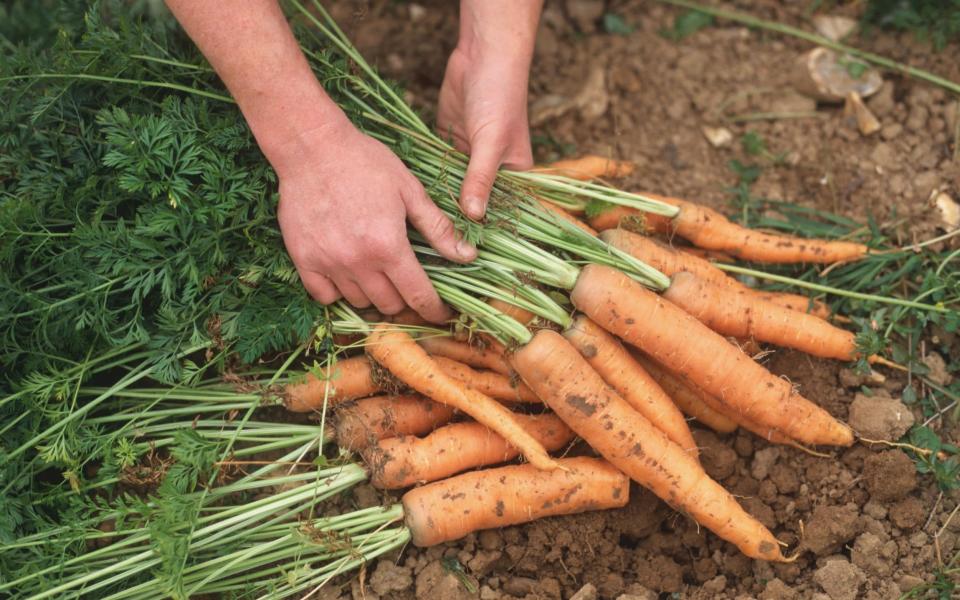
Mark's recommended suppliers
seaspringplants.co.uk – outstanding chilli plants.
organicplants.co.uk and victoriananursery.co.uk – great range of veg seedlings.
jekkas.com – rich array of herbs.
realseeds.co.uk – heirloom seeds.
organiccatalogue.com – seeds, seedlings and plants.
Try these...
Try a mix of sowing seeds and buying in seedlings and plants.
Grow perennials for harvests year after year.
Take photos – as well as being a pleasure, it helps you remember what works.
Exchange produce/share seeds with neighbours and friends.
Support specialist horticultural businesses where possible.
Be in your garden when you can.
Join online forums, groups and follow experts. I will be posting fermentation and cooking videos, recipes and methods from many sources at facebook.com/otterfarm, and answering queries daily.
Or try these YouTube searches: “fermentation bon appétit”, “cut and come again river cottage”.

